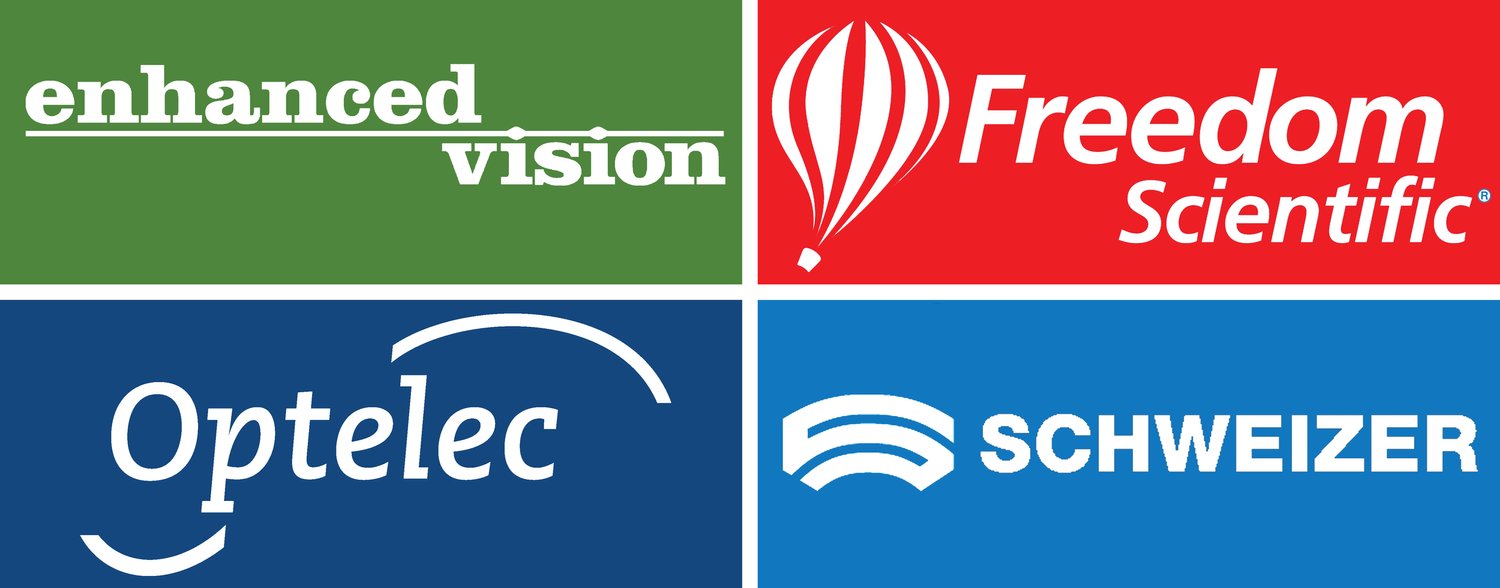The Growing Concern: Why Low Vision Conditions May Worsen in the Next Decade
A close up of a gentleman's eye
Introduction: Low vision is a significant health concern affecting millions worldwide. Defined as a visual impairment that cannot be fully corrected with glasses, contact lenses, medication, or surgery, low vision can have profound impacts on individuals' daily lives. Unfortunately, recent trends and emerging factors suggest that the prevalence and severity of low vision conditions may increase significantly over the next decade. In this article, we delve into the reasons behind this concerning projection and explore potential implications for affected individuals and healthcare systems.
Aging Population: One of the primary contributors to the worsening of low vision conditions is the global aging population. As people age, they become more susceptible to age-related eye conditions such as macular degeneration, glaucoma, and diabetic retinopathy. With life expectancy on the rise and the baby boomer generation reaching older ages, the sheer number of individuals at risk of developing low vision is expected to surge in the coming years.
Diabetes Epidemic: Diabetes, particularly Type 2 diabetes, has reached epidemic proportions globally. Uncontrolled diabetes can lead to diabetic retinopathy, a condition that damages the blood vessels in the retina and is a leading cause of vision loss among working-age adults. As lifestyles continue to promote sedentary habits and unhealthy diets, the prevalence of diabetes is anticipated to rise, exacerbating the incidence of low vision cases.
Environmental Factors: Modern lifestyles and environmental factors also play a role in the projected increase in low vision cases. Prolonged exposure to digital screens, such as those found in smartphones, computers, and televisions, can contribute to digital eye strain and myopia (nearsightedness). The prevalence of myopia has been rising globally, especially among younger populations, which could lead to a higher incidence of low vision later in life if left unaddressed.
Access to Healthcare: Access to quality eye care and healthcare services is crucial in managing and preventing low vision conditions. However, disparities in healthcare access exist worldwide, with many individuals, particularly in low-income areas or rural regions, facing challenges in receiving timely and adequate eye care. Without proper screening, diagnosis, and intervention, low vision conditions can progress and worsen over time.
Technological Advancements: While technological advancements in vision aids and treatments offer promising solutions, their accessibility and affordability remain barriers for many individuals with low vision. High-cost treatments such as gene therapies or cutting-edge retinal implants may not be accessible to the general population, limiting the options for managing severe vision impairments.
Lifestyle Changes and Awareness: Education and awareness about eye health and preventive measures are crucial in combating the worsening of low vision conditions. Encouraging lifestyle changes such as regular eye exams, healthy diets rich in antioxidants and nutrients beneficial for eye health, and promoting physical activity can help mitigate some risk factors associated with low vision.
Psychological and Societal Impacts: Beyond the physical challenges, low vision can have profound psychological and societal impacts. Individuals with low vision may experience decreased independence, limited employment opportunities, and social isolation, leading to diminished overall quality of life. As the prevalence of low vision grows, so too may the societal and economic burdens associated with supporting affected individuals.
Conclusion: In conclusion, the prognosis for low vision conditions over the next decade appears concerning due to a confluence of factors such as an aging population, rising diabetes rates, environmental influences, healthcare disparities, and technological challenges. Addressing these issues will require concerted efforts from healthcare providers, policymakers, researchers, and communities to improve access to eye care, promote healthy lifestyles, and develop innovative solutions for managing low vision. By raising awareness and investing in proactive measures, we can strive to mitigate the projected worsening of low vision and enhance the well-being of individuals living with visual impairments.


